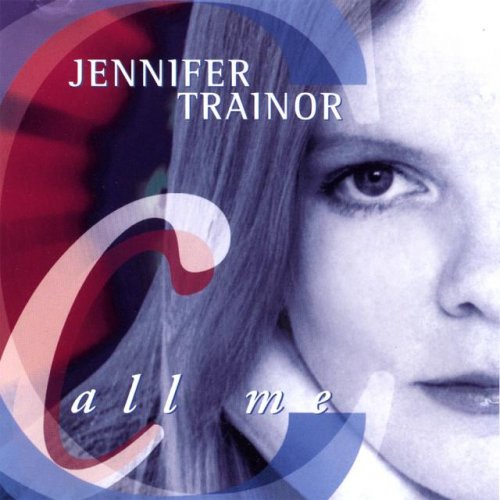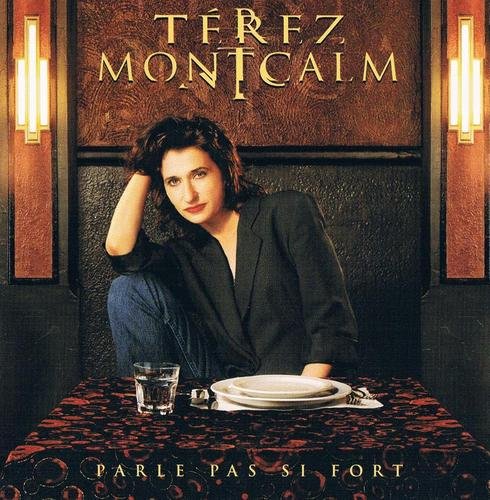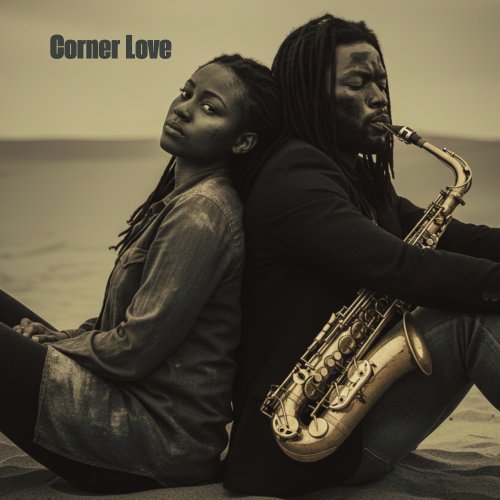Michal Kaňka, Praga Camerata, Pavel Hůla - Franz Schubert: Quartet, D. 810 "Death and the Maiden", Sonata Arpeggione, D. 821 (2007) [Hi-Res]
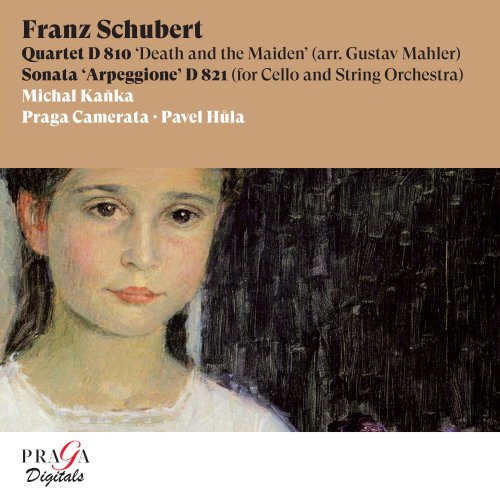
Artist: Michal Kaňka, Praga Camerata, Pavel Hůla
Title: Franz Schubert: Quartet, D. 810 "Death and the Maiden", Sonata Arpeggione, D. 821
Year Of Release: 2007/2023
Label: Praga Digitals
Genre: Classical
Quality: flac lossless (tracks) / flac 24bits - 96.0kHz +Booklet
Total Time: 01:06:43
Total Size: 359 mb / 1.23 gb
WebSite: Album Preview
TracklistTitle: Franz Schubert: Quartet, D. 810 "Death and the Maiden", Sonata Arpeggione, D. 821
Year Of Release: 2007/2023
Label: Praga Digitals
Genre: Classical
Quality: flac lossless (tracks) / flac 24bits - 96.0kHz +Booklet
Total Time: 01:06:43
Total Size: 359 mb / 1.23 gb
WebSite: Album Preview
01. String Quartet No. 14 in D Minor, D. 810 "Death and the Maiden" (Arr. for String Orchestra by Gustav Mahler): I. Allegro moderato
02. String Quartet No. 14 in D Minor, D. 810 "Death and the Maiden" (Arr. for String Orchestra by Gustav Mahler): II. Andante con moto
03. String Quartet No. 14 in D Minor, D. 810 "Death and the Maiden" (Arr. for String Orchestra by Gustav Mahler): III. Scherzo. Allegro moderato
04. String Quartet No. 14 in D Minor, D. 810 "Death and the Maiden" (Arr. for String Orchestra by Gustav Mahler): IV. Presto
05. Arpeggione Sonata in A Minor, D. 821 (Arr. for Cello and Strings by Michal Kaňka): I. Allegro moderato
06. Arpeggione Sonata in A Minor, D. 821 (Arr. for Cello and Strings by Michal Kaňka): II. Adagio
07. Arpeggione Sonata in A Minor, D. 821 (Arr. for Cello and Strings by Michal Kaňka): III. Allegretto
Two arrangements: one, undertaken by Gustav Mahler and revealed in 1984, of the most famous of Schubert’s 15 quartets, Death and the Maiden, of which he completed only the second movement Andante, which he in fact conducted in concert. Nowadays, such an expansion charms like the transfer of Schönberg’s Verklärte Nacht or Berg’s Lyric Suite to orchestra. The other, attempted many times, finally achieves a soloist-orchestra balance that preserves the Arpeggione‘s divertissement nature. Gaspar Cassadó proposed a version for large symphony orchestra that is somewhat overwhelming in relation to the simplicity of the original text. The present version for cello and strings, of which this is the first recording, offers a viewpoint both concertante and da camera that shows the purity, fraternal élan and timeless character of the cello’s melody to best advantage.
Michal Kaňka, cello
Praga Camerata
Pavel Hůla, conductor
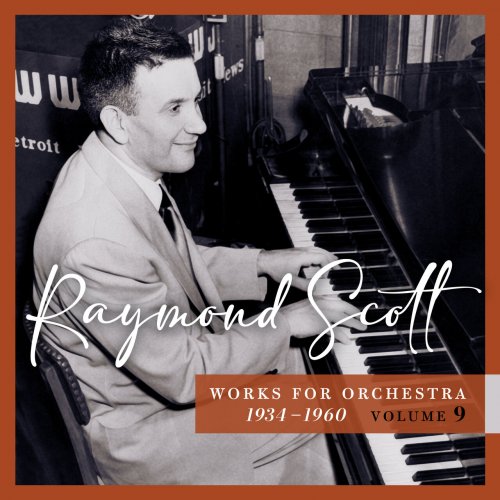
![Nighthawks - Paris Dakar (2025) [Hi-Res] Nighthawks - Paris Dakar (2025) [Hi-Res]](https://www.dibpic.com/uploads/posts/2025-12/1767093398_folder.jpg)
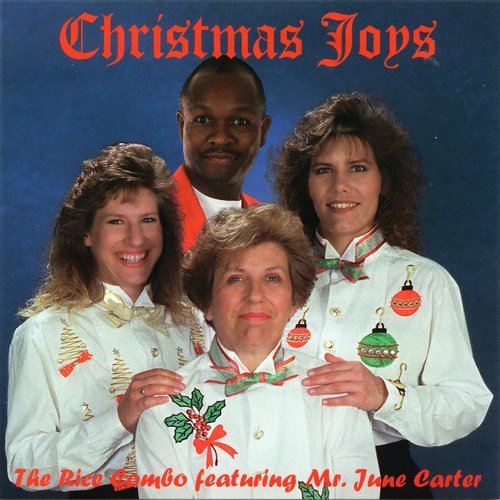
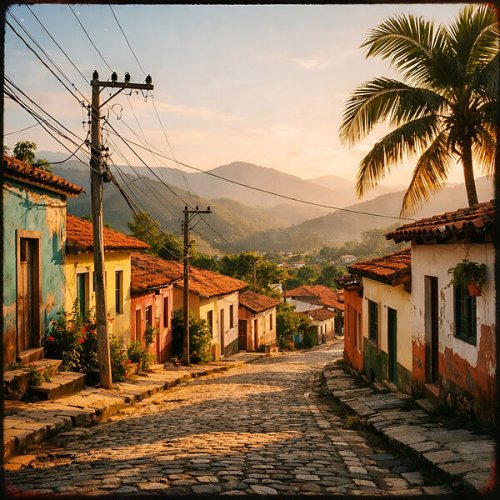
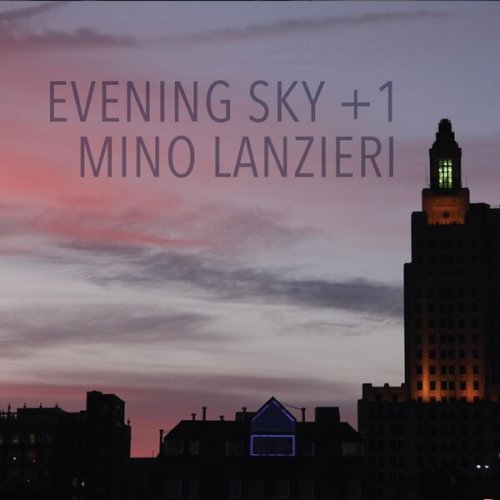
![Manny Albam and His Jazz Greats - Play Music from West Side Story (Remastered Edition) (2025) [Hi-Res] Manny Albam and His Jazz Greats - Play Music from West Side Story (Remastered Edition) (2025) [Hi-Res]](https://www.dibpic.com/uploads/posts/2026-01/1767257208_maws500.jpg)
